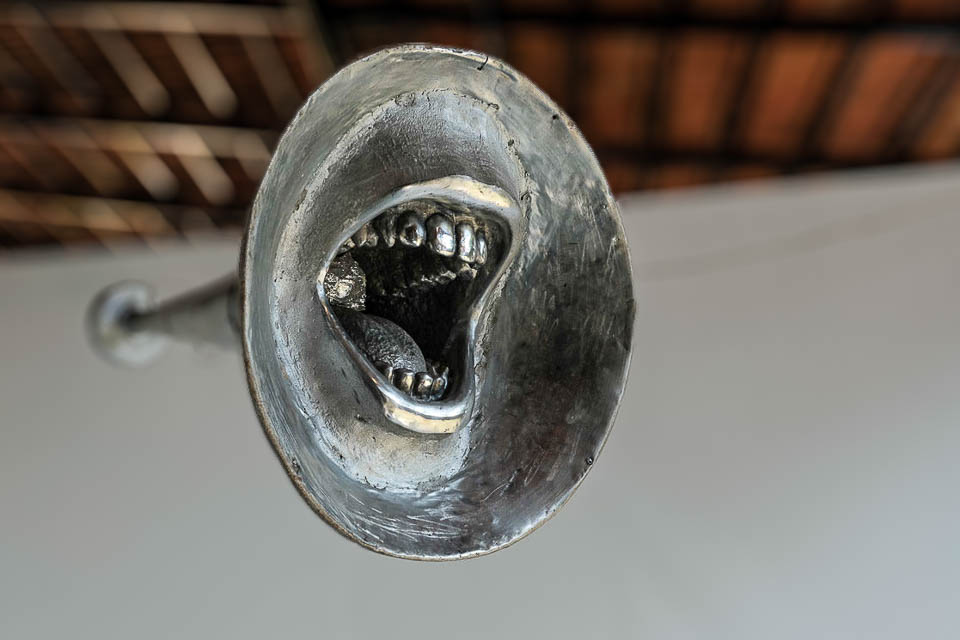Jazz in India is a story of cultural cross-pollination, improvisation and resilience. It began in the 1920s, when African-American musicians like Leon Abbey and Teddy Weatherford brought swing and blues to Bombay and Calcutta. Goan musicians, trained in Western classical music under Portuguese rule, absorbed these sounds and became the backbone of India’s jazz scene. They played in clubs, hotels and Bollywood studios, shaping the sound of Hindi film music from the 1940s onwards.
Goa produced some of India’s finest jazz musicians. Chris Perry, a saxophonist and composer, was a pioneer of Indo-jazz fusion. Frank Fernand, a trumpeter and conductor, brought jazz to Konkani music. Joe Pereira, known as Chic Chocolate, was dubbed the ‘Louis Armstrong of India’. These artists migrated to Mumbai, where they found more opportunities and audiences.
Today, jazz in India is experiencing a revival. Young musicians are blending jazz with Indian classical, funk and electronic music. Louiz Banks, often called the godfather of Indian jazz, continues to mentor and collaborate with emerging artists. His son, Gino Banks, is a renowned drummer who bridges jazz and Indian rhythms. Other notable figures include bassist Sheldon D’Silva and flautist Rakesh Chaurasia.
In Goa, the jazz scene is more intimate but passionate. Colin D’Cruz, a bassist and founder of Jazz Goa, has been instrumental in promoting local talent and organising events. Venues like Cantare in Saligao and Cohiba in Candolim host regular jazz nights, attracting both locals and tourists. However, many Goan jazz musicians still move to larger cities for better prospects.
The future of Indian jazz lies in education, collaboration and innovation. Music schools and festivals are nurturing new talent. Digital platforms are connecting artists across the globe. There is a growing appreciation for jazz among younger audiences, who value its improvisational spirit and cross-cultural appeal.
Indian jazz, with its Goan roots and global influences, continues to evolve. It is a testament to the power of music to transcend boundaries and create new forms of expression.
